Rack [rak]
verb
- to torture; distress acutely; torment: (His body was racked with pain.)
- to strain by physical force or violence.
- to strain beyond what is normal or usual.
In the shooting realm, rack has a different meaning (although the classic definitions of torture, strain and torment still apply for some people). For shooters, rack simply means to cycle the slide of a semi-auto handgun manually. Sounds simple doesn’t it?
Unfortunately, racking the slide is a source of pain, angst and frustration for many new shooters. Far too often, it causes people to make buying decisions that compromise what the really wanted for a model with an easier slide racking motion.
What if I were to tell you that anyone can easily rack most any slide using the right technique? Alright, that’s a pretty bold statement, and I realize there will always be some exceptions. Heck, right now I’m battling a shoulder injury that has me reduced to a whimpering puddle of whine and complain. But for the vast majority of folks, technique, body mechanics and simple physics make all the difference when it comes to successful racking.
First, let’s clarify racking, so we’re all on the same page. Racking the slide refers to the procedure of smartly (that’s a power word, isn’t it?) pulling the slide back in order to eject an empty cartridge case (if present) from the chamber. The passive part of racking refers to releasing the slide, allowing it to sling back into position, picking up and loading a new cartridge on the way. As you can tell by the description, racking applies to semi-automatic pistols, not revolvers.
If you use a semi-automatic pistol, effortless racking is a critical skill. Sure, it’s required to load the first round in the chamber. Just as importantly, it’s used to empty the gun after the magazine is removed. Racking is often required to clear a malfunction, and if you compete, it’s how you show the range safety officer that your gun is clear after completing a stage.
So why does racking the slide give so many people grief?
I think it’s a result of the curse of opposable thumbs.
Since we have them (opposable thumbs), we want to use them and pinch things between our opposable thumb and index finger – like babies noses, hors d’oeuvres and pennies. Unfortunately, we also want to pinch things like the back of pistol slides to draw them away from the frame. It’s only natural.
Here’s the problem. Thumb and index finger muscles are tiny and weak, at least compared to other muscles in the body.
Keeping that in mind, let’s walk through a simple way to use bigger muscles, the mass of your body and motion to rack even the most difficult slide. After all, we’re much stronger than recoil springs, so it’s just a matter of technique.
While you’re here, why not grab a copy of my free eBook, A Fistful of Shooting Tips? It’ll help make you a better handgun shooter and the envy of your range in no time!


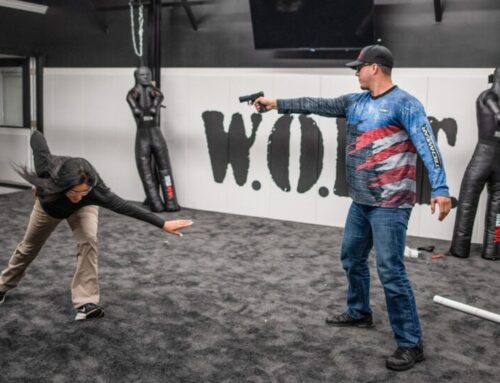
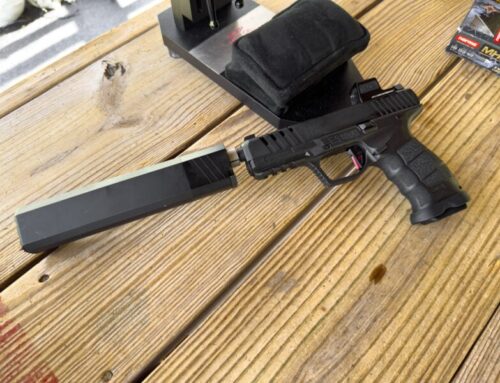
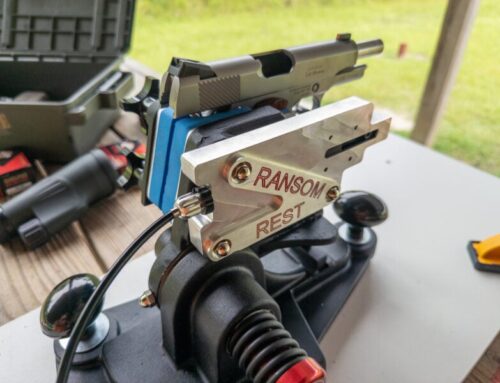
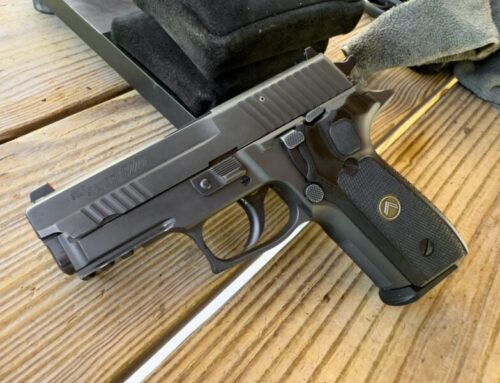
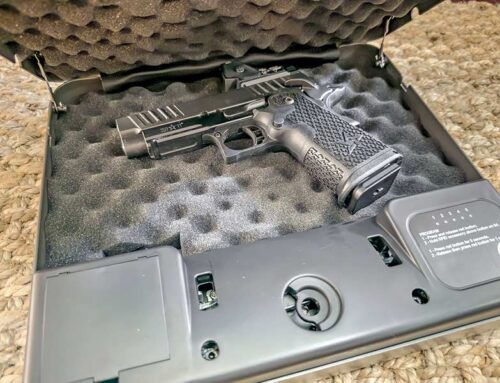
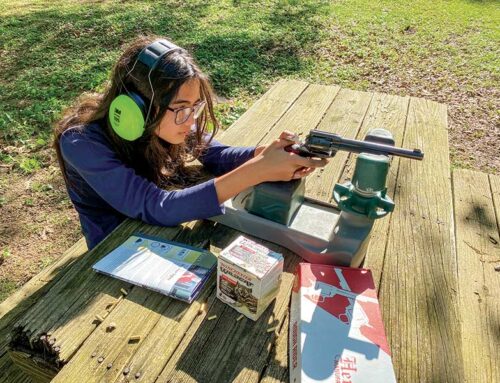
[…] the mechanics and recoil. Make sure the slide isn’t too tough for you to rack by yourself. Check out this article on how to properly rack a slide so you are prepared. If you are looking at a revolver, check to see if you can release the […]